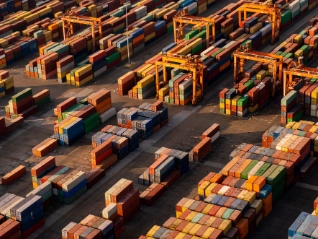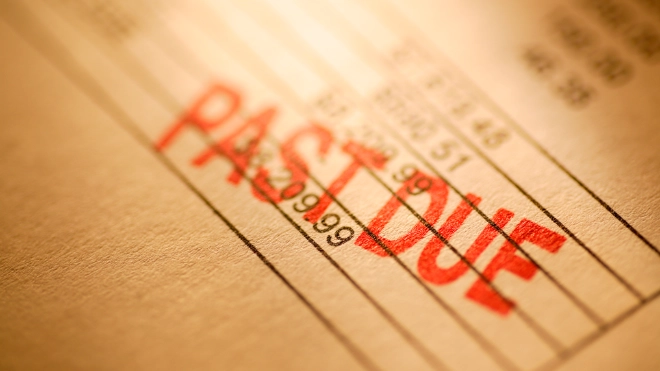Atradius Atrium
Obtenga acceso directo a la información de su póliza, herramientas de solicitud de límites de crédito y perspectivas.
 México
México












Ver 7 de 27







Ver 7 de 139







Ver 7 de 15














Ver 7 de 9